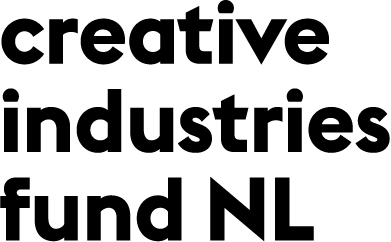A make-shift robotic arm is scanning, randomly, a surface covered with audiotape strands. The audio head, attached to this arm and moving according to a chaotic choreography, stops every now and then to play-back a recording of a voice, reading aloud Rudolf Lothar’s The Talking Machine: A Technical-Aesthetic Essay. Writer and critic Lothar originally wrote the essay in 1924, reflecting on the public being confronted with the illusion of an authentic human (voice) represented by a machine, through an idiom that is defined by the relationship between noise and signals.
“Everything flows, Herclitus says, and in light of our modern worldview we may add: everything flows in waves. Whatever happens in the world, whatever we call life or history, whatever occurs as a natural phenomenon – everything transpires in the shape of waves.” – Rudolf Lothar.
The use of audio tape as a medium for The Talking Machine originates from old technology, referring to a pre-digital age where forms of diffusion, broadcasting and propaganda were more tactile, serving agendas for reasons of commerce and administration not dissimilar to now.
The Talking Machine offers an illogical order of sounds, words, and movements in an ever-changing order to its audience.











